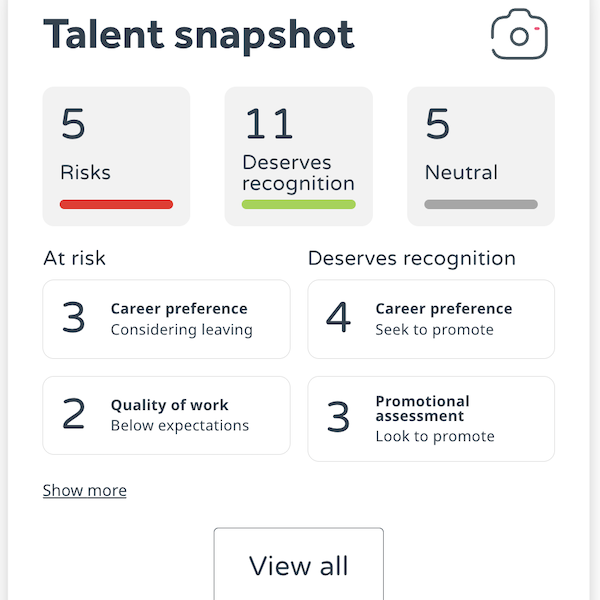How do you look after remote workers in this unusual, unpredictable world we now live in, where working from home has suddenly (and without warning) become the new norm. We’ve had Zoom or Microsoft Team meetings, sent funny memes to our work’s WhatsApp group, cursed the noise at home, tried to resist the urge to raid the cupboard for snacks and realised just how terrible daytime TV is.
But now the novelty has started to wear off, how are your remote workers really coping with homeworking?
Few people will be missing the daily commute, and it can be liberating to work away from the day-to-day distractions of the office. Many report they have never got so much done.
But with, in many cases, an entire staff working from home, many will encounter the downsides to remote working. Not everyone has a home life that is conducive to concentration, whether the blocks are stir-crazy kids, cramped conditions or tensions within the family. There is also the psychological impact of social distancing and the obvious worry about the Coronavirus, and the unknown economic aftermath.
Mental wellbeing
It is hard to concentrate when you don’t know if your job is safe or if your business will survive.
No one can see into the future, so the most important thing for businesses with remote workers is to ensure that productivity doesn’t plummet and that the wellbeing of employees doesn’t suffer.
The two are intrinsically linked. If your employees are stressed or struggling, then the business will feel the impact as well.
And there is the simple human need for compassion. We are in frightening times and we all need to look after each other.
The move towards homeworking
The Coronavirus lockdown has accelerated a trend towards flexible working, which has been gathering pace over the last decade. It has been common for forward-thinking businesses to be open to, or actively encourage, remote working. The benefits have been manifold, including offering the opportunity for mothers to return to the workplace.
Companies that have refused opportunities for homeworking have been viewed as old-fashioned or draconian.
Back in 2013, an argument erupted that captured the zeitgeist of modern business thinking. The Yahoo CEO, Marissa Meyer banned employees of the company from working remotely.
A memo from her Human Resources Director, Jackie Reses, stated: “To become the absolute best place to work, communication and collaboration will be important, so we need to be working side-by-side.”
The decision promoted uproar, particularly from working mums. One of the only supporters at the time was a New York businessman, one Donald Trump, who tweeted (obviously): “@MarissaMayer is right to expect Yahoo employees to come to the workplace vs. working at home. She is doing a great job!”
But the general mood was succinctly summed up by Richard Branson who wrote: “Give people the freedom of where to work. This seems a backwards step in an age when remote working is easier and more effective than ever.”
Meyer’s policy went against general business thinking that suggested that flexible and homeworking has tangible benefits for a business.
However, there is a crucial caveat. Remote working usually only works well when the employee is keen to do so.
With Coronavirus, people are working at home – whether they like it or not. And that is a challenge for businesses and employees alike.
How to look after remote workers
HR directors and small business owners have had to adjust to the new situation without little or no warning and it has been a steep learning curve.
Remote workers may feel like “lone workers” if you fail to look after remote workers by recognising and overcoming the new challenges you each face.
A good starting point to understand the new rules can be found at the Advisory, Conciliation and Arbitration Service (Acas), which works with millions of employers and employees every year to improve workplace relationships.
Acas recommend that employers should:
- Talk to their employees and workers about how they might improve working from home arrangements
- Continue to consider which roles and tasks can be done from home – this might involve doing things differently and not assuming a role cannot be based at home
- Support employees to adjust to remote working
- Consider individual employees’ needs, for example anyone with childcare responsibilities, a long-term health condition or a disability
- Write down the arrangements that have been agreed so everyone is clear
Practical steps employers can take
A plan for managing homeworking can be roughly divided into two areas:
- Physical and practical support
- Emotional and wellbeing support
Physical support
The physical and practical support includes ensuring all IT and communications infrastructures are in place to create a good working environment at home. In addition, offering useful tips on how to best organise a working day. This includes creating a clear structure that separates out working hours from the rest of your life.
There are plenty of resources out there that offer great tips on how to create a sensible balance.
As well battling on the frontline against the virus, the NHS has compiled a 12 point plan for coping with home working during the pandemic, which is well worth forwarding to your team. Number seven is ‘Do not stay glued to the news’!
Emotional and wellbeing support
Employee wellbeing is very difficult to manage when there is no direct human interaction. It is very hard to spot the warning signs that an employee is disengaged when communications are limited to emails and video conferencing.
Problems your team may be experiencing
Dr Jill Newby, Associate Professor of Psychology at UNSW and the Black Dog Institute lists some of the common feelings that your team may be experiencing. She says, they may:
- Feel isolated, lonely, or disconnected from other people – socially and professionally
- Find it difficult to ‘switch off from work
- Have difficulty prioritising their workload
- Feel uncertain about progress, and whether they’re performing ok
- Suffer from insomnia and sleep problems
Dr Newby advocates that homeworkers should set a routine as if they are going into the office, with a regular start time, and finish time, and a structure for the day, with breaks and exercise scheduled in. This will help maintain a strong boundary between work and home life, minimising the possibility of work intruding into family time, and helping them to switch off from work at the end of the day.
The experts at the Mental Health Foundation (MHF) agree and recommend ensuring your employees have a structure and a clear boundary between work and family time. The Foundation also advises employers to be vigilant when it comes to mental health.
Ensure your employees have a structure and a clear boundary between work and family time
The MHF reminds employers that: “This can be a particularly difficult time for people with pre-existing or past mental health problems. Staying at home may be bringing back memories of bad times to people who have experienced depression or trauma.
“Know your people and do a little extra for those who are more vulnerable if you notice changes in their behaviour.
“These circumstances might lead people to disclose mental health problems they have previously not discussed at work. Treat new disclosures with respect and compassion and make adjustments.”
The MHF stresses the importance of encouragement, praise and communication.
Even when the lockdown is all over, it is advice we should all take on board and continue!
The simplest and easiest way you can find out exactly how your staff are coping is to ask them, but with normal working practices turned on their head what is the best way to do this?
Our employee survey can help you get to the root of any homeworking issues within your remote teams, and enable you to offer practical support sensitive to individual needs. Call our expert team today and find out how easy it is to support your people to be happy and productive working from home.
Other useful resources
Safety & Health Practitioner – Webinar: mental health & wellbeing and looking after remote workers.




